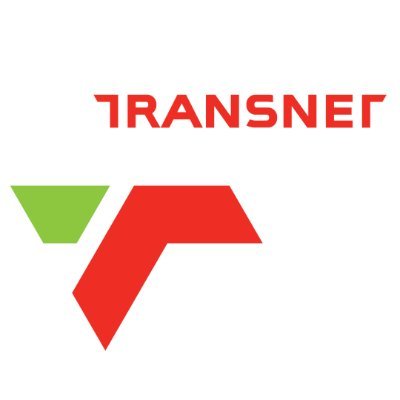-
 Transnet loses third court battle and ordered to pay R60m to Gijima
Transnet loses third court battle and ordered to pay R60m to Gijima
-
 UMP’s ambition to position SA as a leading rice exporter
UMP’s ambition to position SA as a leading rice exporter
-
 Polokwane mayor’s gobbledygook on R41.2 million refund to developer
Polokwane mayor’s gobbledygook on R41.2 million refund to developer
-
 Transnet’s loses yet another application to push Gijima Holding’s from IT contract
Transnet’s loses yet another application to push Gijima Holding’s from IT contract
-
 Fetakgomo Tubatse municipality dumps consultants and still keeps a good financial record
Fetakgomo Tubatse municipality dumps consultants and still keeps a good financial record
-
 Limpopo government finishes sixth traditional office in 2025/26
Limpopo government finishes sixth traditional office in 2025/26
-
 Masoga approaches High Court to clear his name on allegations of corruption at MMSEZ
Masoga approaches High Court to clear his name on allegations of corruption at MMSEZ
-
 Municipal manager’s bid to attach CFO’s pension fails
Municipal manager’s bid to attach CFO’s pension fails
-
 Visit Limpopo Ka Dezemba – Premier Ramathuba
Visit Limpopo Ka Dezemba – Premier Ramathuba
-
 ‘Sacking of our Mpumalanga chairperson is a rumour’ – SACP
‘Sacking of our Mpumalanga chairperson is a rumour’ – SACP
SMME ownership skewed on geography, gender and age
Sizwe sama Yende
Gauteng and the Western Cape are the country’s major economic hubs where the largest chunk of SMMEs (small, medium and micro enterprises) are found.
These provinces, according to a study by Shoprite and World Wide Worx – The State of SMMEs in South Africa – enjoy a vibrant business environment because of their robust transport network, financial services and high concentration of skilled labour which attracts and sustains businesses.
Gauteng is home to 34.6 % of the country’s SMMEs while the Western Cape had 31.3%. “In contrast, rural and underrepresented provinces face challenges such as limited internet connectivity, inadequate funding opportunities and lower levels of consumer demand,” the report said.
The report advises that provinces that lag behind can benefit if these disparities were addressed through building infrastructure, fostering hubs of innovation and promoting cross-provincial collaborations.
These provinces could also benefit from targeted subsidies to entrepreneurs.
KwaZulu-Natal had 15.1% of SMMES, Northern Province (1.1%) and North-West (1.8%).
SMME ownership is dominated by individuals aged 45 to 54. They own 36.7% of businesses. Males dominate ownership with 51.2%, females (37.7%) and joint ownership being 11.1%.
The younger individuals, under 34 years, constituted 6.8% of business owners – which is testament facing greater barriers such as limited access to start-up capital, lack of mentorship and difficulty in penetrating competitive markets.
However, the young entrepreneurs showed high levels of competitiveness and they concentrated in technology and e-commerce which required agility and fresh perspectives.
The report found that the majority of SMMEs in the country were small enterprises with 34% employing one to five individuals and 25.4% employing six to 10 individuals. Small enterprises constitute 60% of the sector.
Mid-sized business that employed 11 to 50 people accounted for 29% of SMMEs while larger businesses with 51 to 200 workers made up 11.5%.
“Smaller businesses often face unique challenges, such as limited access to funding, difficulties in scaling operations and vulnerabilities to economic shocks. These constraints hinder their ability to transition into larger entities,” the report said.
“Government programmes and private sector initiatives that focus on resource allocation, infrastructure development and mentorship can play a crucial role in helping smaller businesses scale effectively.”
Nearly 30% of SMMEs, the report said, had been in operation for over 20 years, showcasing an ability to withstand market fluctuations and maintain stability.
Businesses operating for 11 to 20 years constituted 25.6% while start-ups were 20.5%. “Start-ups often encounter significant hurdles, including establishing a customer base, navigating regulatory environments and accessing seed funding.”
“To support start-ups and younger businesses, it is essential to create ecosystems that provide mentorship, market access and tailored financial solutions,” said the report.
Mid-sized businesses emerged as significant contributors to profitability and job creation. Among businesses with 21 to 50 employees, 43.3 % reported net profit margins exceeding 20%, reflecting their scalability and operational efficiency.
Even though the larger businesses (51 to 200 employees) were industry anchors, their growth could be constrained by macroeconomic challenges that include inflation, interest rate fluctuations and regulatory complexities.
To enhance SMMEs economic contributions, stakeholders must focus on engineering growth across all business – from small to large, the report suggests.

